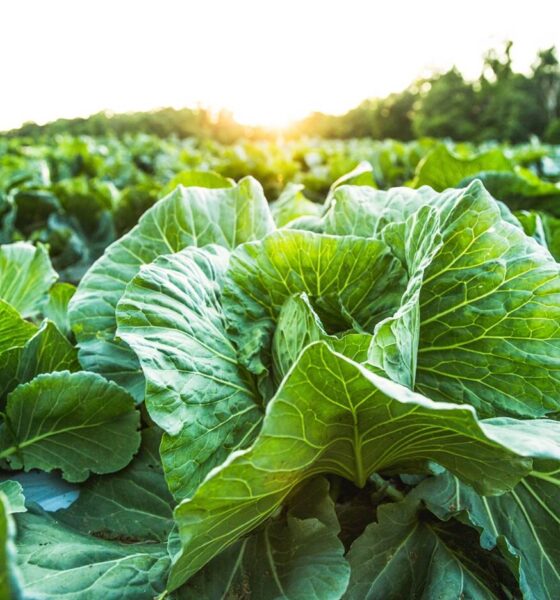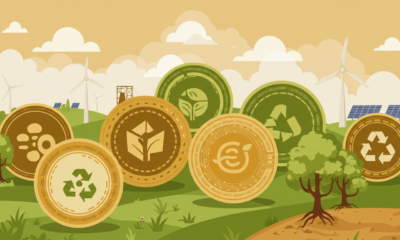Food prices have become increasingly unpredictable in recent years, causing strain on household budgets and raising concerns across industries. Fluctuations in the cost of basic staples such as grains, vegetables, and meat affect everyone from families to large-scale producers. To manage this growing issue, it is important to identify the core drivers and assess the long-term implications of these shifts.
Climate Disruptions and Weather Extremes
One of the primary factors contributing to higher volatility in food pricing is climate variability. Prolonged droughts, floods, and unseasonal weather patterns impact crop yields and livestock health, often reducing supply unexpectedly. As global temperatures continue to rise, agricultural productivity becomes more difficult to predict. Farmers face inconsistent growing seasons, which can lead to decreased harvests and higher prices. These disruptions are felt across borders, as many nations rely on imported food staples to meet demand.
Supply Chains and Transportation Costs
Food supply chains have grown increasingly complex and vulnerable to delays. Shipping costs, port congestion, and fuel prices all play significant roles in how quickly and affordably food reaches its destination. When transportation networks slow down or become more expensive, prices rise to reflect the added burden. Additionally, regional conflicts and economic sanctions have led to supply shortages that ripple through international markets, putting pressure on pricing across the board.
Input Costs and Labor Shortages
The cost of producing food has also increased due to higher prices for inputs like fertilizer, feed, and seed. Labor shortages in agriculture and food processing further reduce efficiency and output. As wages rise to attract workers, those costs are passed on to consumers. The result is a more volatile price environment, particularly for perishable goods that rely on consistent, timely labor and distribution.
Market Speculation and Financial Instruments
Food prices are also influenced by speculation in commodity markets. Traders and financial institutions respond to perceived risks and opportunities, often amplifying short-term swings in pricing. Tools such as futures contracts can help producers manage risk, but they can also accelerate volatility during periods of uncertainty. In livestock production, some farmers turn to cattle hedging as a strategy to manage risk tied to fluctuating market prices, demonstrating how financial tools are intertwined with real-world supply dynamics.
A Need for Long-Term Solutions
Volatility in food prices is a symptom of deeper structural challenges in agriculture, energy, and global trade. Addressing these problems requires coordinated efforts that focus on sustainable practices, resilient infrastructure, and policy support for both producers and consumers. Transparent supply chains, climate-resilient farming techniques, and investment in local food systems can reduce exposure to external shocks.
Rising food costs affect every level of society, from everyday shoppers to international development goals. As the pressure grows, developing strategies that reduce volatility and protect the most vulnerable becomes essential for economic and environmental sustainability. To learn more, look over the accompanying infographic below.


 Environment9 months ago
Environment9 months agoAre Polymer Banknotes: an Eco-Friendly Trend or a Groundswell?

 Environment11 months ago
Environment11 months agoEco-Friendly Home Improvements: Top 7 Upgrades for 2025

 Features8 months ago
Features8 months agoEco-Friendly Cryptocurrencies: Sustainable Investment Choices

 Features10 months ago
Features10 months agoEco-Friendly Crypto Traders Must Find the Right Exchange































